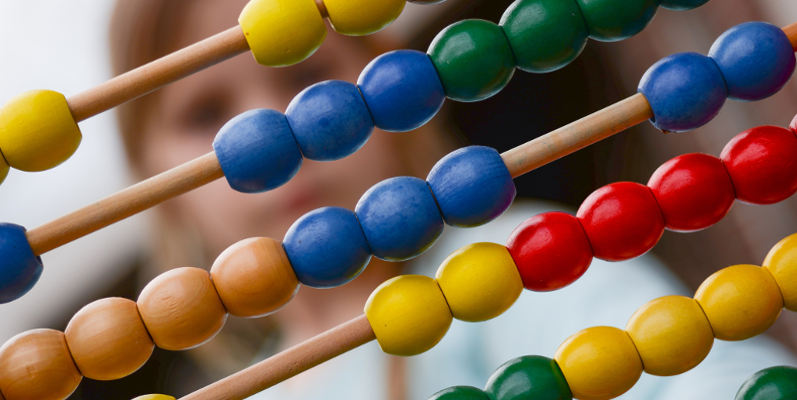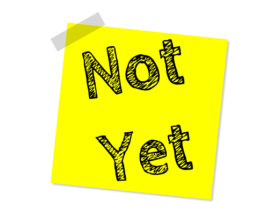Felicia Cherry, my esteemed colleague and friend, is sharing a simple, innovative tool in our weekly That Thing You Do segment. Felicia is an instructional math specialist on a middle school campus in Texas. I first met Felicia in her role as an instructional specialist on an elementary campus in our district. I am so honored that she is showcasing her teacher craft with us here today. You can follow Felicia on Twitter @feliciarcherry
Process/Progress Cards
Do you need a tool to help you monitor student progress and adequate time to process? Well, I surely do! Check out these neat process cards that are easy to make with simple library pockets and red and green construction paper.
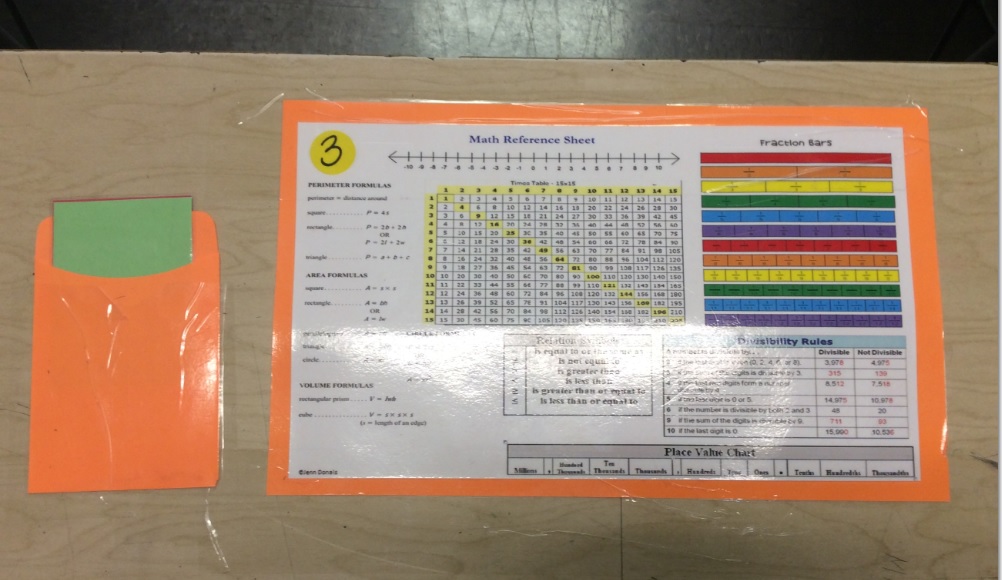
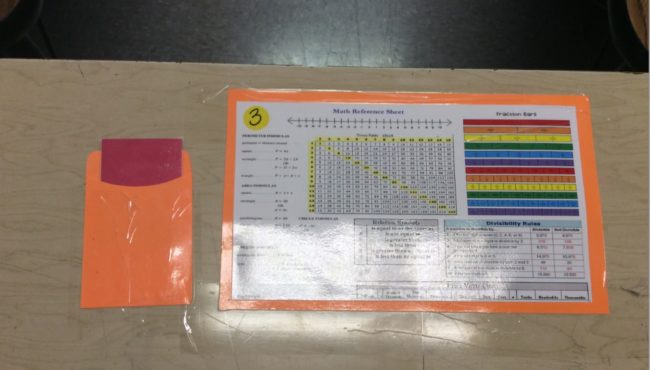
I primarily use these cards for tracking my student progress and to give appropriate processing time with completing their Do Now/Bell Ringer activity. I also use these during instructional time when I see students need more time to check their Interactive Notebook or when I have students such as ELL students who may need extended time to think through their answer before sharing with a partner. It is a great focusing tool for me and my students.
How does it work?
When students come in and begin their Do Now/Bell Ringer activity they turn the card that is affixed to each desk to the red side. The expectations is that the students work independently and silently. As the students finish, they turn their card to green.
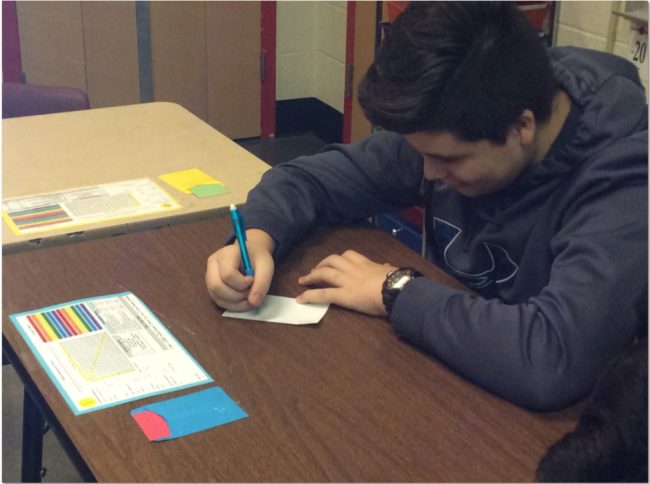
I can easily see who is finished with their Do Now/Bell Ringer work and it ensures that I give plenty of independent thinking and processing time to those who need it. I allow them to use their Interactive Notebook as a reference during this work time and I encourage them to ask me a question only after they seek out their notes in their Interactive Notebook first.
Outcome and Benefits
What I have found since I started using the Progress/Process Cards is that students are able to focus on their work when the card is red. This gives me, the student, and the neighboring students a visual showing the progress of the student’s work.
I have also found that this tool is a source of formative data. Students who have their red card showing for an extended amount of time typically need a bit of assistance from me or a partner. I can take this time to help the student iron out misconception “wrinkles” he or she may have.
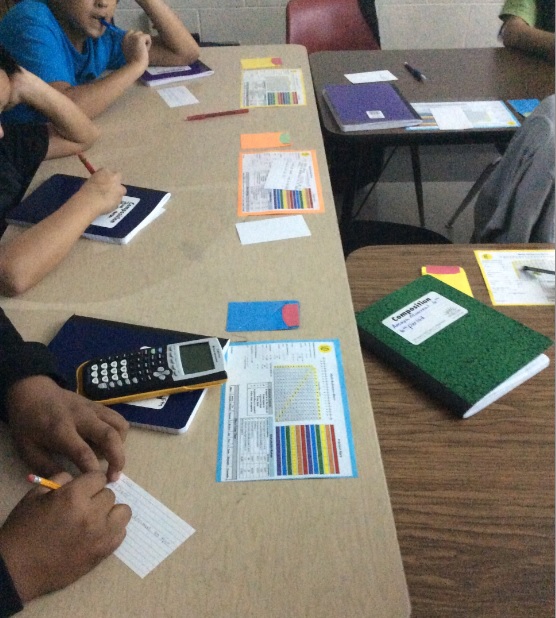
I have found that these cards aid in behavior management during independent work time too, because neighbors see when others have red cards showing and this deters them from distracting peers still working. Another outcome that I have observed is an increase in my student’s confidence when it is time to turn and talk or time to share out because I have given them adequate processing time.
Overall, my students and I have found huge benefits with using this simple tool over the last 4 weeks and we will continue to use it throughout the year.
–Felicia Cherry

